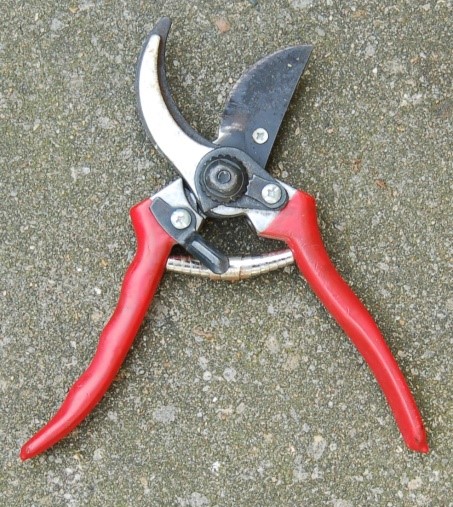You don’t hate your yard, show it some love.
Tips on pruning your trees and shrubs
Pruning the trees and shrubs in your landscape can dramatically increase curb appeal however, different shrubs require different pruning techniques and timing. While you could take an idle Saturday to prune every shrub on your property, doing so can cause damage to some of them. Flowering shrubs are among the most finicky. While we love them for their flowers, those are the very things we need to be mindful of when pruning. VIRIDIS Lawn Care has you covered. Below we’ll explain how and when to prune to keep your flowering shrubs loaded with blooms, healthy, and both of you happy.

Depending on the size of your shrub, you will need some specific equipment. For all pruning, long sleeves and pants are recommended. Hand pruners and perhaps a pruning saw for larger branches (those over 2 inches) are required. Long handled pruners also come in handy for shrubs that have gotten taller than your reach. Safety glasses are also never a bad idea.
Timing is everything with a flowering shrub. Pruning during the wrong season can seriously decrease the amount of flowers you will have the following year. While that may seem intimidating, if left unpruned, these shrubs will eventually stop producing flowers anyway. Flowers grow on the younger branches which will be unable to develop under the shade of older, large, woody branches.
Shrubs that flower in the spring produce blooms on the branches that grew the year before. Buds begin developing during the summer and early fall, therefore, optimal timing for preserving the flowers would be as soon as the current flowers die off. This way, the shrub hasn’t begun producing blooms for the next year. The only drawback to this method of pruning is the thick foliage can make it difficult to discern the shape of the plant or see any crossed branches or other damaged areas inside the bush.
Summer flowering shrubs can be pruned in very early spring or during the late winter because their flowers grow on branches that grow during the spring. Doing so will encourage more new growth and more flowers.
When bushes are young, prune long, unbranching steams just above a bud to stimulate lower branch growth. This will increase the fullness of your shrub, which in turn, increases your flower yield.
With more mature plants, thinning out dead or damaged branches can be done at any time of year. Removing large older branches is also important because the young new branches need sunlight and air circulation. Doing so can also prevent pests and diseases. These canes should be removed close to the ground, and since the entire cane is being removed, the timing is less important as it won’t damage flower buds. This is the most effective form of pruning as it keeps young growth coming while eliminating the oldest wood. Each year, remove about 1/3 of the oldest wood close to the ground.
Remember that often, less is more. Think of pruning as a yearly effort not a one-time push. Plants are very forgiving so forget your fear but don’t go overboard. Research your particular variety of shrub so you can identify whether it is spring or summer flowering and prune appropriately. And enjoy the new bounty of blooms you receive from your healthy, happy plants.





Sorry, comments are closed for this post.